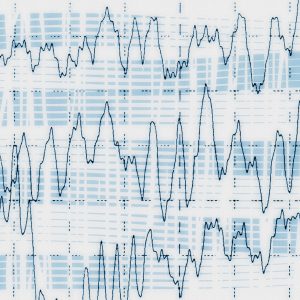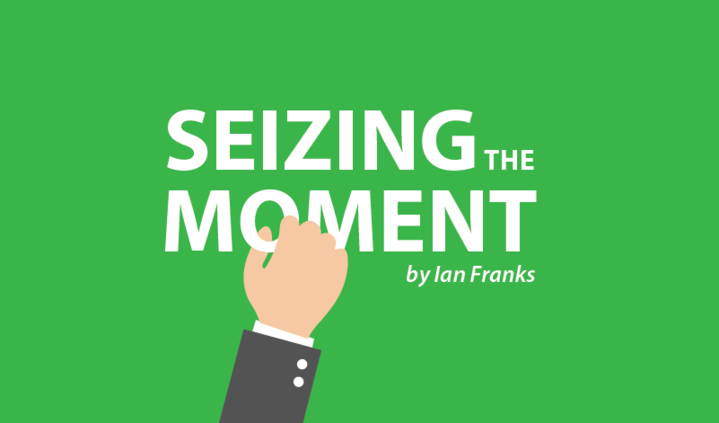My right hand flying up into the air and moving outside of my control was my first clue that something was amiss — in fact I was having an epileptic seizure. As a trainee newspaper reporter, one second I was taking dictation in a shorthand lesson after work had finished for the day, and the next second my hand was waving about above my head.
Afterwards, I would remember that I hesitated over a shorthand outline — the symbol representing a word — immediately before my hand went skyward.
Then I lost consciousness. I awoke for a second or so as I was being carried downstairs by an ambulance crew, and again in the ambulance, and in hospital. By then, I had lost all sense of time.
Once awake enough, the questions began. Had I experienced anything like this before? No, but that was not the whole answer. My older brother had been diagnosed with epilepsy years earlier. I had a fair idea that I also had a seizure.
So I told the medical staff who were attending to me, and they immediately made an appointment for me to see a neurologist the next day.
By this time, a couple of hours or more had passed, and so had a visit from my parents and my brother. I was 19 and still lived in the family home, but Graham was married and already had children of his own. Still, it did not seem strange to see him there. After a discussion, the hospital team was satisfied that mum and dad knew what to do if I had a second seizure, and I was allowed to go home with them.
Second seizure avoided

The following day I returned to the same hospital and was wired for an electroencephalogram (EEG). This, as anyone with epilepsy knows, is a test that measures and records the electrical activity of your brain. Certain conditions, such as seizures, can be seen by the changes in the normal pattern of the brain’s electrical activity. During my examination, a fast flashing light almost caused a second seizure, but someone was on the ball and, just as I felt myself begin to go, the light was stopped. I returned to normal unscathed.
Before I left, the diagnosis of epilepsy was confirmed, as was the news that besides other triggers, I was photosensitive and should avoid looking at quick flashing lights, such as a stroboscope.
This was back in 1972, and many things have changed since, including my medications. In those days I was prescribed a combination of Epanutin (phenytoin) and Phenobarbitol twice a day. I did, in fact, have a second seizure but not until 1974. And that is a something that I’ll return to in a future column.
Nowadays I take Lamotrigine, still twice a day, and my risk of seizures is totally under control.
Note: Epilepsy News Today is strictly a news and information website about the disease. It does not provide medical advice, diagnosis, or treatment. This content is not intended to be a substitute for professional medical advice, diagnosis, or treatment. Always seek the advice of your physician or other qualified health provider with any questions you may have regarding a medical condition. Never disregard professional medical advice or delay in seeking it because of something you have read on this website. The opinions expressed in this column are not those of Epilepsy News Today, or its parent company, BioNews Services, and are intended to spark discussion about issues pertaining to Epilepsy.



